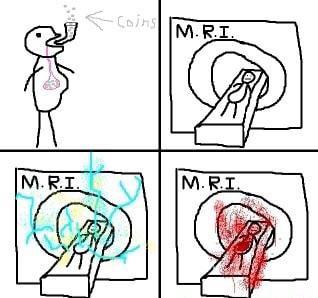this post was submitted on 17 Nov 2023
305 points (100.0% liked)
196
18441 readers
170 users here now
Be sure to follow the rule before you head out.
Rule: You must post before you leave.
Other rules
Behavior rules:
- No bigotry (transphobia, racism, etc…)
- No genocide denial
- No support for authoritarian behaviour (incl. Tankies)
- No namecalling
- Accounts from lemmygrad.ml, threads.net, or hexbear.net are held to higher standards
- Other things seen as cleary bad
Posting rules:
- No AI generated content (DALL-E etc…)
- No advertisements
- No gore / violence
- Mutual aid posts are not allowed
NSFW: NSFW content is permitted but it must be tagged and have content warnings. Anything that doesn't adhere to this will be removed. Content warnings should be added like: [penis], [explicit description of sex]. Non-sexualized breasts of any gender are not considered inappropriate and therefore do not need to be blurred/tagged.
If you have any questions, feel free to contact us on our matrix channel or email.
Other 196's:
founded 2 years ago
MODERATORS
you are viewing a single comment's thread
view the rest of the comments
view the rest of the comments

Ah seeing your edits.
So the question about magnetic strength limits given zero resistance is very interesting! Glad to see interest as it's an obvious question very few people ask.
All superconductors have a property we call critical field. Above this limit the material is no longer able to compensate for and exclude magnetic fields, and the superconducting properties collapse.
So if we made a coil of say YBCO (a common type 2 in lab examples) and we pumped more and more current through it, eventually it overwhelmed the material and suddenly resistance would skyrocket, generating heat causing a feedback cycle and it would probably melt to slag.